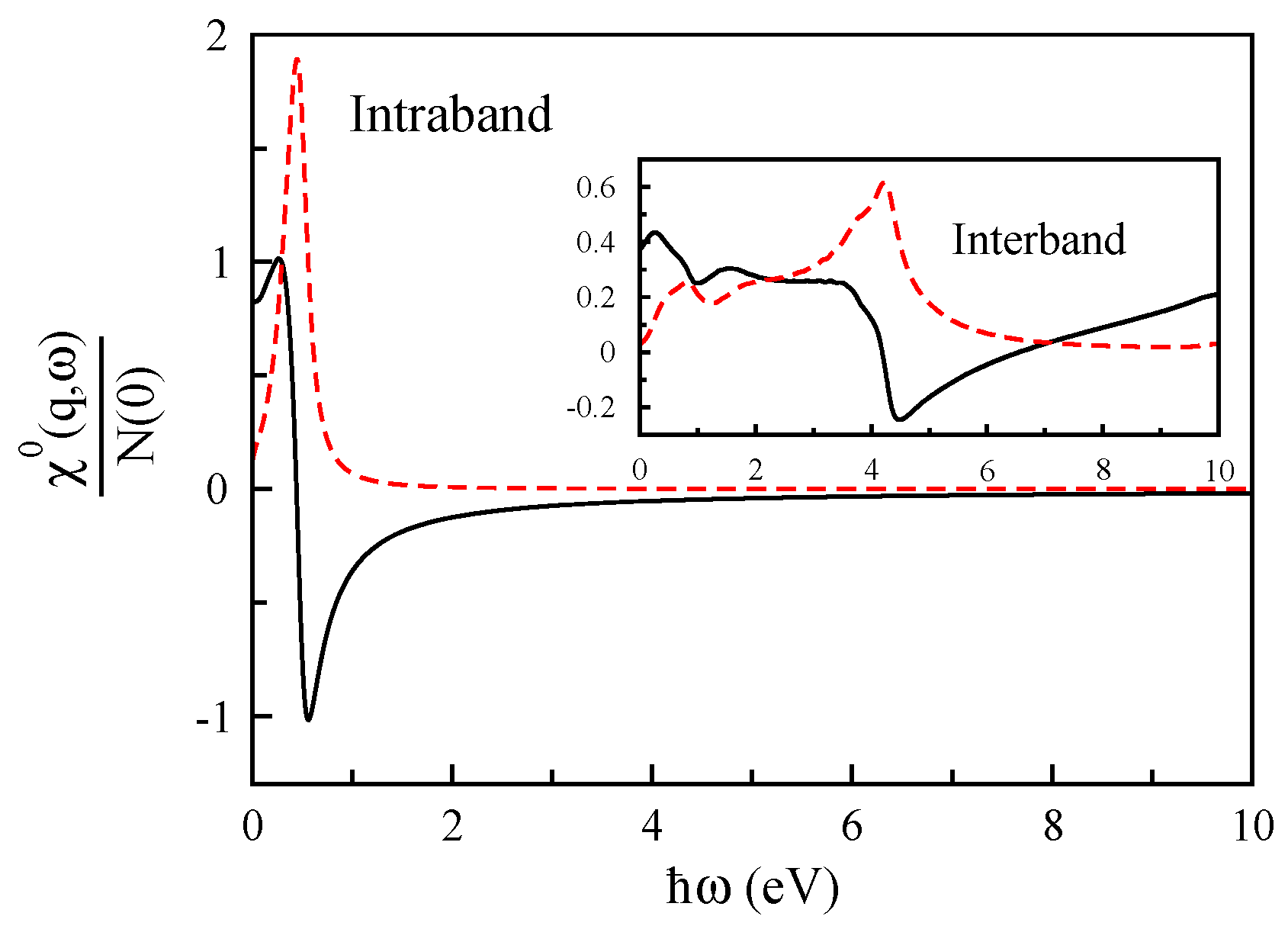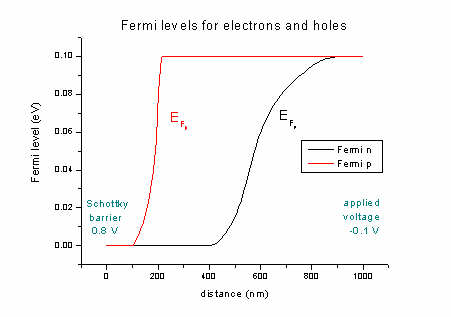

There is an in the formula above because this polarization will necessarily be screened by higher energy (electronic) processes. More precisely, we can write the following when including this extra restoring force: The longitudinal optical phonon is at a higher energy because of the extra Coulombic polarization effect I have discussed this a little more extensively in a previous post. This extra restoring force (which is only present for the longitudinal oscillation) is pictured below: This extra polarization results in an extra restoring force (in addition to the springy restoring force between the ions), yielding a higher longitudinal phonon frequency compared to the transverse optical phonon. Therefore, for the longitudinal optical phonon we have an extra polarization effect due to the long-range nature of the Coulomb interaction. In a simple polar semiconductor, we have two atoms per unit cell that are oppositely charged like so: Now, with this result under our belts, it turns out that it is quite simple to understand why the LST relation holds. This form of the dielectric constant can be arrived at using either classical electrodynamics or quantum mechanics (see e.g. no phonon anharmonicity) and as a result, the dielectric constant has the following form: The phonons are assumed to be in the harmonic limit (i.e. First, let me state an important assumption that goes into the LST relation: I have found textbook derivations don’t give a good intuition of why this relation holds, so here is my attempt to rectify this situation. Take a look at the table below to get an idea of how well this relation holds for a few materials (reproduced from Mark Fox’s textbook Optical Properties of Solids): Not only that, the agreement with experiment in many polar semiconductors is excellent. Regardless, it turns out that all quantities in the LST relation are experimentally accessible! I find this relation quite remarkable and deep. It is an interesting question as to whether or not quantum mechanics plays a role in the long-wavelength optical response in general. Therefore, the result can be derived from classical electrodynamics, without resorting to any quantum mechanics. The beautiful thing about the LST result is that it is independent of any microscopic description, which is quite unusual in solid-state physics.

All these quantities are understood to be the values in the long-wavelength limit (i.e. and refer to the static and high frequency (above the phonon frequencies, but below any electronic energy scale) dielectric constants. In the equation above, and refer to the frequencies of the longitudinal and transverse optical phonons respectively. It has wide applicability for polar insulators. In 1941, Lydanne, Sachs and Teller wrote a paper entitled “On the Polar Vibrations of Alkali Halides”, where they derived a result now known as the Lydanne-Sachs-Teller (LST) relation.


 0 kommentar(er)
0 kommentar(er)
